The Hunted Can Become the Hunter

The world of new media (widgets, social apps, sites, services) looks like a beautiful marketing hunting grounds for everyone looking to move consumer/business products and especially the burgeoning entertainment arena.
It’s like shooting fish in a barrel.
The first thing they do in the morning is check to see who posted something that’s getting lots of traffic, post their masterpieces and as they climb into bed check to ensure people commented/responded favorably.
They create/upload/download audios/videos, hoping they’ll be of interest to everyone.
They congregate at business/special interest apps and web sites to gain information and be entertained.
They tweet.
They Tik…and Tok.
They gather daily/nightly in online product/interest communities to exchange information, news, share films/shows and just hang out.
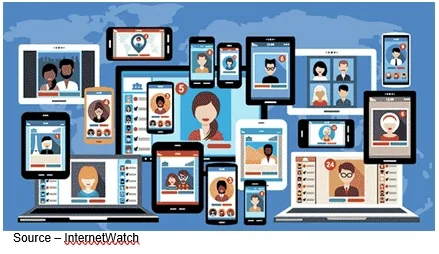
They leave a digital fingerprint of who they are, who/what they like/don’t like, what they do/don’t do, where they go/don’t go and when they do all this stuff.
Finding prospective customers is just as Jason Bourne noted, “It’s easy. She’s standing right next to you.”
Once you’re on the web, nothing is private for them … or you.
The profile can be so finite you can pick any prospect – partner, consumer/viewer, channel partner, supplier – out of the mob and hit him/her with your message with little or no collateral damage.
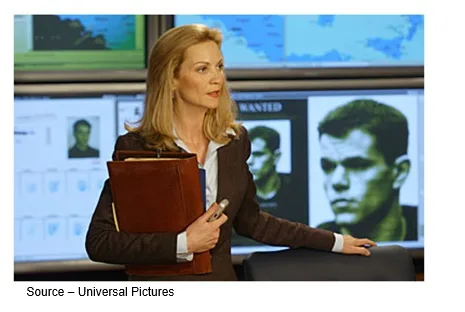
It’s no wonder companies/organizations of all shapes, sizes, product/service categories will drop an estimated $1.5 billion on social media advertising this year.
Social Spending
By 2025, the investment should double.
There are billions of reasons for the interest beyond being the most direct means of reaching partners/customers.
It’s also the most undiluted, most direct and most cost-effective means of learning about customers – businesses and consumers.
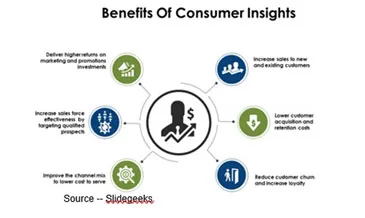
The challenge is in really understanding the most efficient/effective social media outlets, how they work/interact, which avenue(s) you should focus on using, how to measure your social media results … and the downsides.
Social media:
- Provides an unfiltered view of consumer perceptions so organizations can see what will impact the future of their business
- Word-of-mouth is having a tremendous control over perception and acceptance
- User community sites and creation outlets provide valuable (if studied analytically rather than emotionally) user experience, response, feedback
- Can generate effective viral campaigns for products, services, projects
- Is an arena dominated (by a factor of five) by early adopters (revolutionaries)
- Will become increasingly significant in influencing companies and creative projects, according to the revolutionaries
- Provides a unique opportunity to connect with contemporaries and customers to gain feedback and learn from it
Social media is all about people.
It’s where people share opinions, insights, experiences, perspectives and samples of their work with others.
The demand, the interest, the need is growing in leaps and bounds.
From time to time, Chicken Littles forecast the death of web outlets, victims of their own success.
After all, Internet traffic will quadruple this year.
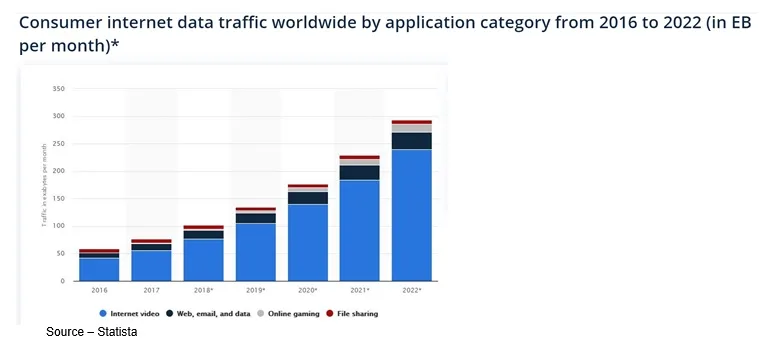
You may complain about the volume of email and spam you have to deal with every day but baby, you ain’t seen nuthin yet!
Traffic Growth
OTT streaming (PVOD, AVOD, SVOD) has gained a lot of traction in the past two years and is continuing to expand across the globe.
VoIP is drawing customers/profits from phone folks.
The interest in audio and video podcasts are gaining large audiences.
And as the MPAA and RIAA are quick to point out, peer-to-peer sharing of video/audio is growing so fast, they can’t hire enough lawyers to stop the flow.
As Abbott (Cox) said in the Bourne Supremacy, “That sounds ominous. Let me check my schedule.”
A long time ago, blogs were to be the fast, meaningful, effective, cheap way to reach customers.
Today, the hot button is Tweets and TikToks.
The 140 plus-character chats are the new marketing/sales/communications breed of choice.
The self-created and professional narrow screen videos are not just entertaining (sometimes), they also increase people’s interest in upcoming movies/shows.
The dynamics of business as usual have changed so dramatically (internally and externally) that management has lost its traditional chain of command control of messengers and messages.
Blogs, posts, Tweets, Wikis and business/social nets give everyone the tools to work/play more efficiently, more effectively.
Work/leisure, colleague/competitor and customer/prospect people move in and out of the networks, forcing us to rethink org charts and work/information flow.
It’s organic, it’s super marketing, it’s super communications in a real-time world.
The proponents of each avenue claims unbridled success imprecisely pinpointing value and ROI.
Traditional metrics are difficult, if not impossible, because you simply can’t find the beginning and end points.
Landy (Joan Allen) explained it best when she said, “The objectives and targets always came from us. Who’s giving them to him now?”
As huge and as effective as email, posted communications/opinions and file transfers are increasing their demand on the Internet and their use is miniscule compared to the bandwidth entertainment is consuming.
For most individuals and businesses, it is the online video opportunities that create the most interest and the most attention.
The ability to attract and identify eyeballs as people turn from reading to video viewing is … HUGE!!!
Online viewing is changing one of the entertainment/marketing communities most traditional (and profitable) means of reaching the “market.”
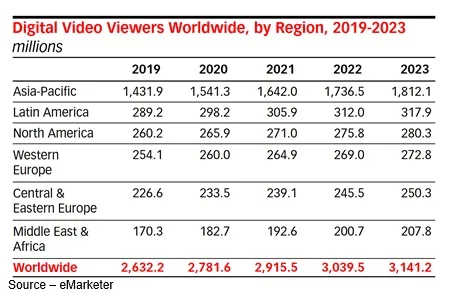
Some (tech/studio providers and Wall Street) are proud to say that online video viewing will quickly eliminate conventional TV as rapidly as they killed print media.
Traditionals Live
They love to deride traditional media – print and TV.
But these “ancient” forms of communications, news and entertainment are still important in building brand awareness.
Companies and marketing folks who choose one over the other don’t understand or acknowledge the dynamics of traditional media and how it integrates with new media.
For example:
– Media synergy is important. Three media were better than two, and two media were better than one
– The combination of TV and print provided more lift than TV plus online
– TV and magazines produced the greatest awareness and each contributed more impact than online
– Print is most effective in increasing purchase intent
– Including a URL address in ads significantly increased web visits
– Offline media perform well in driving web traffic and search, often better than online media
– Each medium influences online behavior differently and plays a distinctive role
– “Qualified” search offers quite different and informative results than “total” search results
What management often overlooks is the fact that widgets and social media weren’t prepared for them to control their message to unsuspecting prospects.
They were created to enable sites to gather user data and sell ads.
Or, as John Nevins explained, “Locked it down? No, no… this is… this is Italy – they don’t exactly ‘lock down’.”
Ads may get partners/consumers to your web site to learn more about the product/service, but their next stop in the purchasing process is to surf the web learning about people’s customer service experience.
Straight Scoop
Use any search engine to find out about any product/service (yours and competitors) and thousands of online social media references appear … instantly!
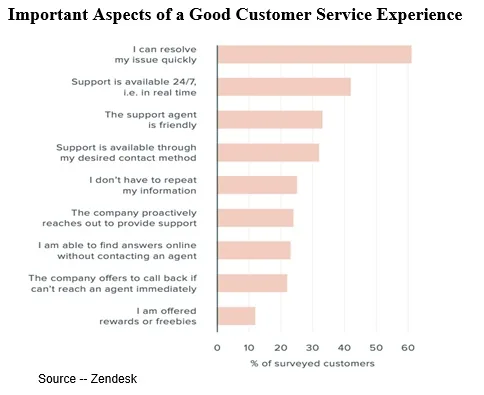
People who purchase note that:
- 74% choose companies/brands based on others’ customer-care experiences shared online
- 72% research companies’ customer care online prior to purchasing products and services at least sometimes
- 84% consider the quality of customer care at least sometimes in their decision to do business with a company
- 84% consider the quality of customer care in their decision to do business with a company at least sometimes
- 81% say blogs, online rating systems and discussion forums can give consumers a greater voice regarding customer care, but less than 33% say they believe that businesses take customers’ opinions seriously
Bite the Bullet
Producers and marketeers who leveraging social media to address customer care issues are finding its just good business.
Just as Pamela Landy said, “If there’s something you’re not telling me I want it now before I send that girl out there, do you understand?”
Knowing from first-hand inputs can save you from a lot of sleepless nights … or worse.
The tough part is listening, responding (appropriately) and improving products, processes and services.
They may like your ads, but they make their purchasing decisions based on peers.
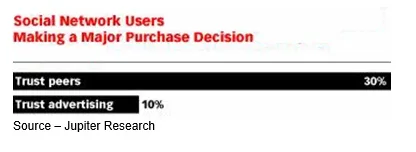
According to BIGresearch, instant messages, blogs and other social media have a greater influence over product purchases.
To paraphrase advertising luminary David Ogilvy, “Advertising lights the fire, public relations fans the flame and widgets/social media whip it into a fire storm!”
Ignoring the influences that the company can’t control is foolhardy.
The key to survival is to listen … respond … improve … repeat.
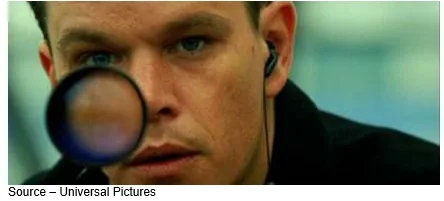
Understanding how to effectively use – and listen to – the online activity is beyond being just a nice thing to do today.
As Bourne said, “We don’t have a choice.”
# # #
Andy Marken – [email protected] – is an author of more than 700 articles on management, marketing, communications, industry trends in media & entertainment, consumer electronics, software, and applications. An internationally recognized marketing/communications consultant with a broad range of technical and industry expertise especially in storage, storage management and film/video production fields; he has an extended range of relationships with business, industry trade press, online media, and industry analysts/consultants.